Given the following intersecting lines, how can angles 5 and 2 be classified? (1)
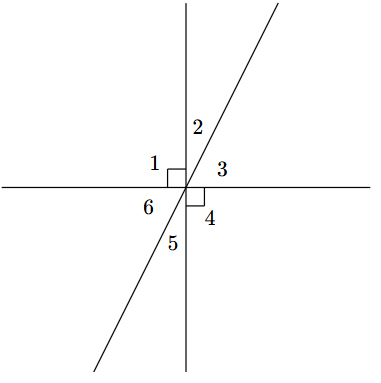
A) Vertical Angles
B) Supplementary Angles
C) Complementary Angles
D) Adjacent Angles
E) None of the above
A) Vertical Angles
Given the following intersecting lines, how can angles 1 and 2 be classified? (2)
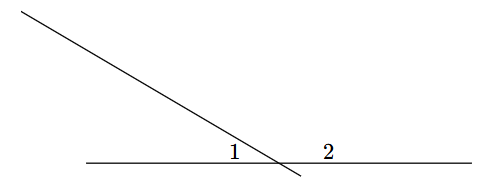
A) Complementary Angles
B) Supplementary Angles
B) Supplementary Angles
What is the measure of angle b in degrees? (3)
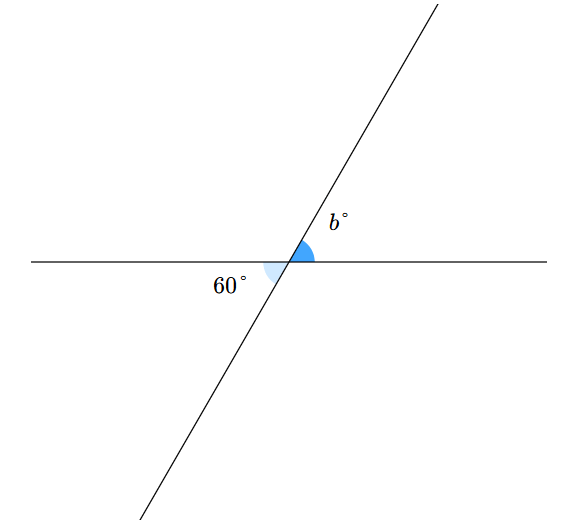
60o
If ∠c and ∠a are supplementary and m∠a=132o, solve for m∠c. (4)
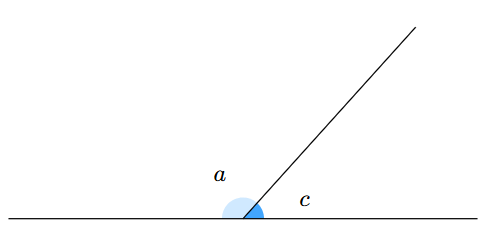
48o
Which pair of angles are adjacent? (5)
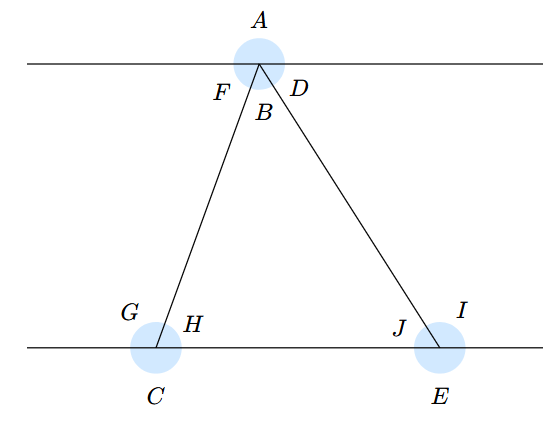
A) Angle I and angle E
B) Angle A and angle B
C) Angle I and angle C
D) Angle I and angle B
E) Angle F and angle I
A) Angle I and angle E
Find the perimeter of the composite figure. The figure is not drawn to scale. (6)
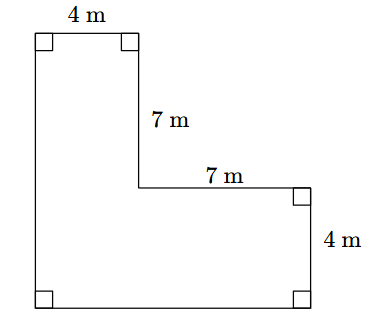
44 m
Find the perimeter of the composite figure, which is comprised of an isosceles trapezoid atop a square. The figure is not drawn to scale. (7)

52 cm
Maryam is painting a jewelery box for her mother, and wants to know how much paint she will need. Would it be more helpful to use surface area or volume in order to find this value? (10)
Surface Area
Find the area of the figure. The figure is not drawn to scale. (9)
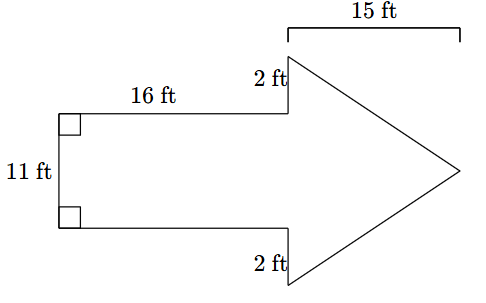
288.5 ft2
Find the surface area of the cylinder given the height and radius shown. Note that the figure is not to scale. (12)
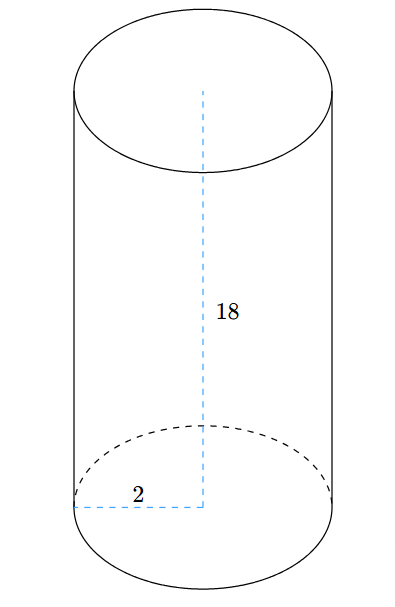
251.33 units2
Find the surface area of the rectangular prism given the measures shown. Note that the figure is not to scale. (11)
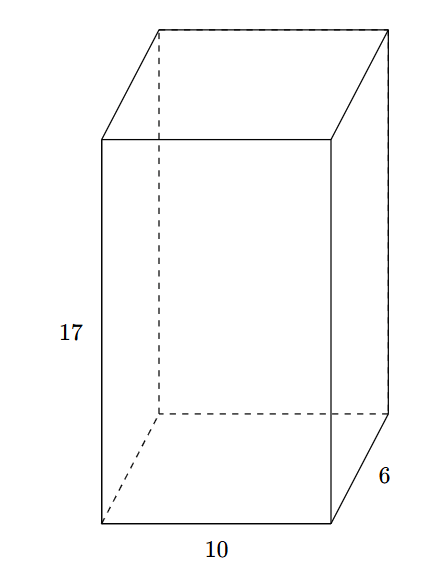
664 units2
Find the area of the figure. The figure is not drawn to scale. (8)
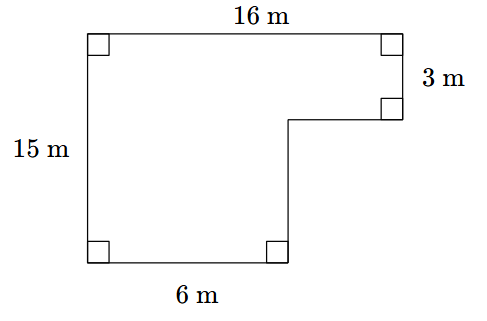
120 m2
Find the surface area of the right pyramid with a square base. Note that the figure is not to scale. (13)
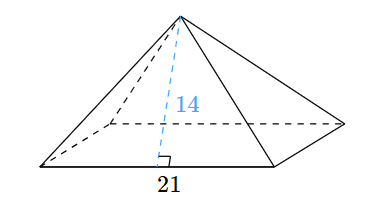
1029 units2
Find the volume of the rectangular prism with a length of 7 feet, a width of 8 feet, and a height of 5 feet. (14)
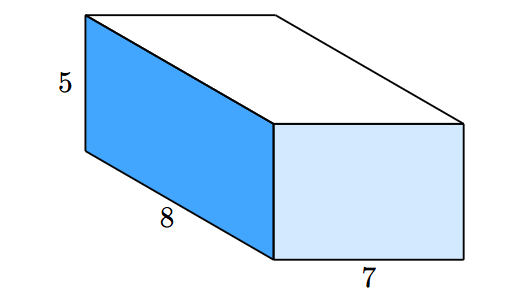
280 ft3
Approximating π as 3.14, find the volume of the cone given the radius, height, and slant height shown. The figure is not to scale. Round your answer to the nearest tenth of a cubic centimeter. Please use 3.14 to approximate ππ and not any other approximation of π. (15)
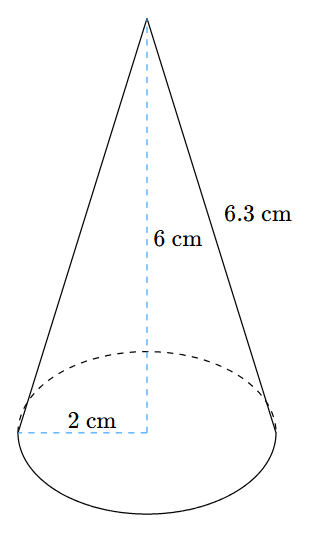
25.1 cm3
The volume of a square pyramid is given by the formula
V=1/3Bh.
Fill in the parts of the formula for the volume of the square pyramid below. The figure is not to scale. (16)
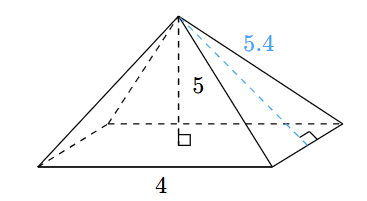
B =
h =
B = 16
h = 5
Identify whether the transformation is a rigid transformation. (17)
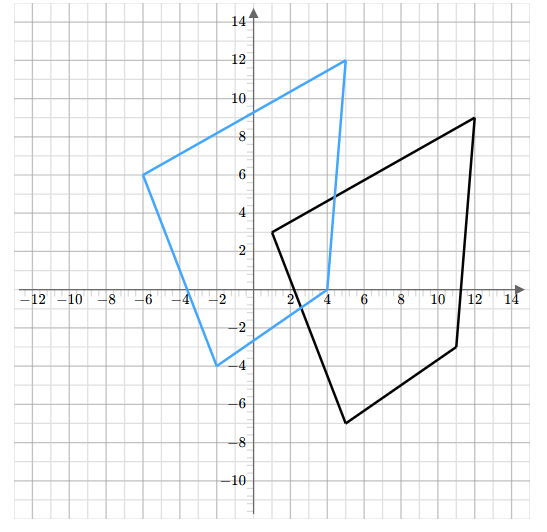
Yes, Rigid Transformation
Identify the type of transformation. (18)
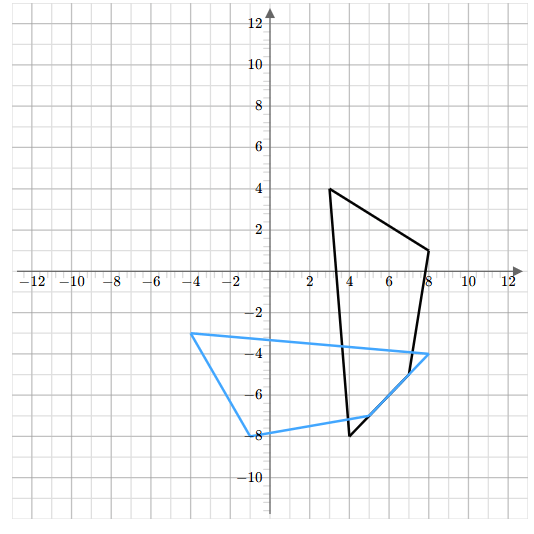
Reflection
Identify the type of transformation. (19)
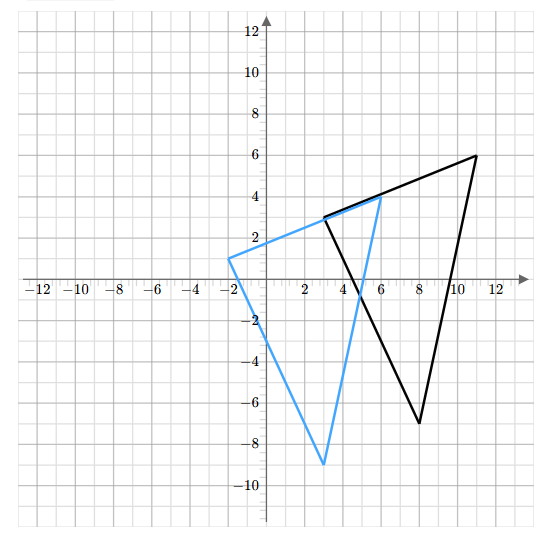
Translation
Apply the following transformations to the point A in order to create point B: (20)
Translate 6 units left and 3 units up, then scale by 0.5.
Show your work here
Point A: (2,5)
Point B: (-2,4)